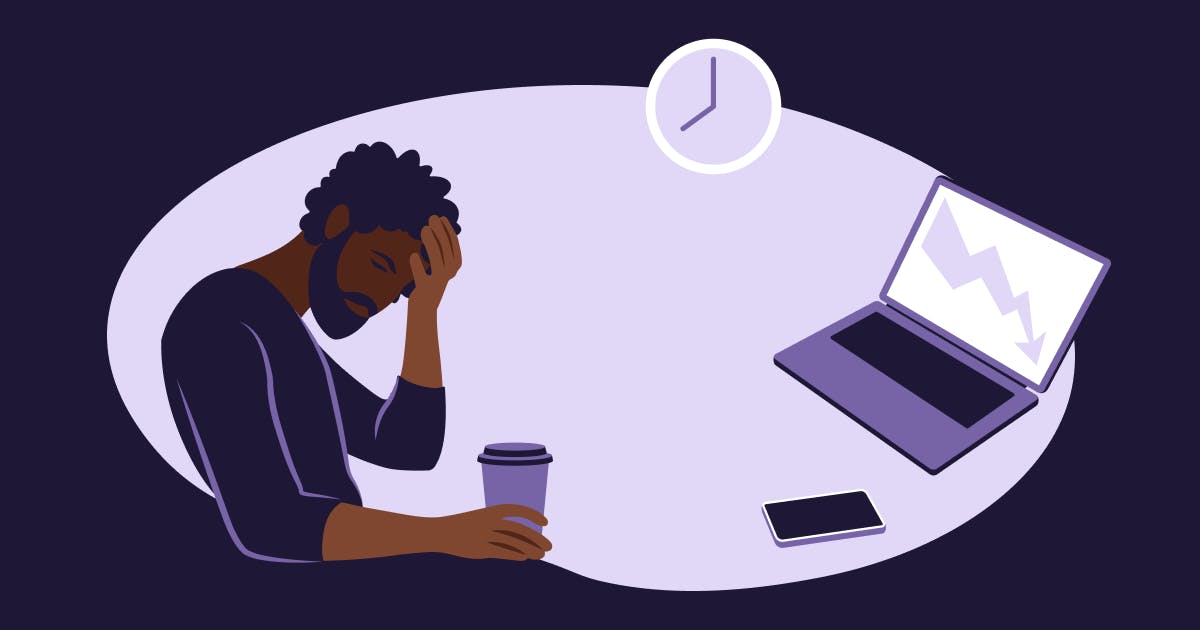It was 2 AM and Neil jolted awake with a stiff neck. He had dozed off on his keyboard with his incomplete presentation still staring at him. It was the 3rd time in one week that he had slept at his coffee table/temporary work desk, which was barely a stretch from his bed in his studio apartment. As he made his way back to sleep, he dreaded waking up to another workday, still setting an alarm just in time for his early morning zoom call.
It was 10 AM and Neil had already missed his morning jog for the nth time in a row, sneaked in an excuse of a protein bar for breakfast, finished a pot of coffee, gone through 2 virtual meetings, never-ending email and slack updates, had a heated conversation with a teammate regarding a group task, and still hadn’t caught up with most of his delegated tasks for the week. Neil was constantly stressed and exhausted, had fallen into a cycle of sleeplessness that fed his irritability, had forgotten fresh air or cooked meals, and had developed a habit of procrastinating and delivering subpar results.
Just a few months earlier, however, Neil was a different person – he was mindful of his health and daily habits, had started learning French for fun, always had a smile and tons of insights for his colleagues, did great work, and was always on time. Even when the Covid-19 pandemic enforced a remote work practice, Neil was able to cope with the sudden change, delivering more outcomes than the rest of his team, earning his manager’s recognition because of all the extra work he had piled on to his to-do list, and generally enjoying what he called “the hustle”.
However, as the pandemic and the remote work model stretched on and became a long-term reality, Neil reached his threshold for resilience.
Today, Neil represents the 62% of US employees working from home, experiencing varying degrees of burnout.
What is Burnout?
Burnout, as defined by The World Health Organization, is a serious condition and a workplace syndrome resulting from chronic workplace stress that has not been successfully managed. The WHO furthers elaborates burnout as being characterized by
- Chronic exhaustion and feelings of energy depletion,
- Alienation from one’s job, or feelings of negativism or cynicism related to one’s job, and
- A feeling of professional inefficacy.
Burnout takes many shades and forms, manifesting as restlessness, resignation, apathy to work and life, inappropriate responses to everyday situations, or can take more stark forms of anger, anxiety, or depression. Its multifaceted and changing nature makes it hard to identify and pre-empt burnout.
However, a growing understanding of the problem has helped us evolve mechanisms to understand the root causes of burnout and how to prevent and address the challenge.







